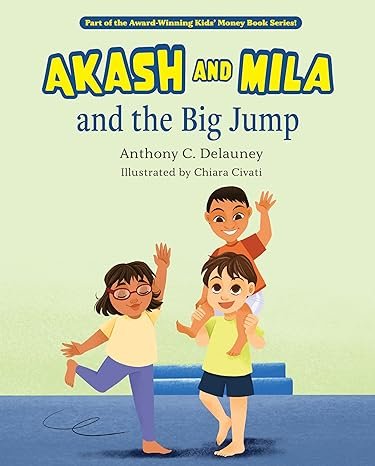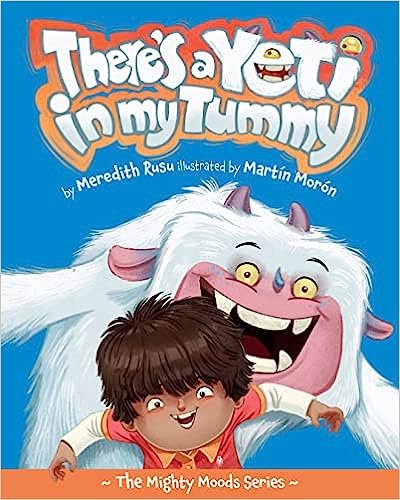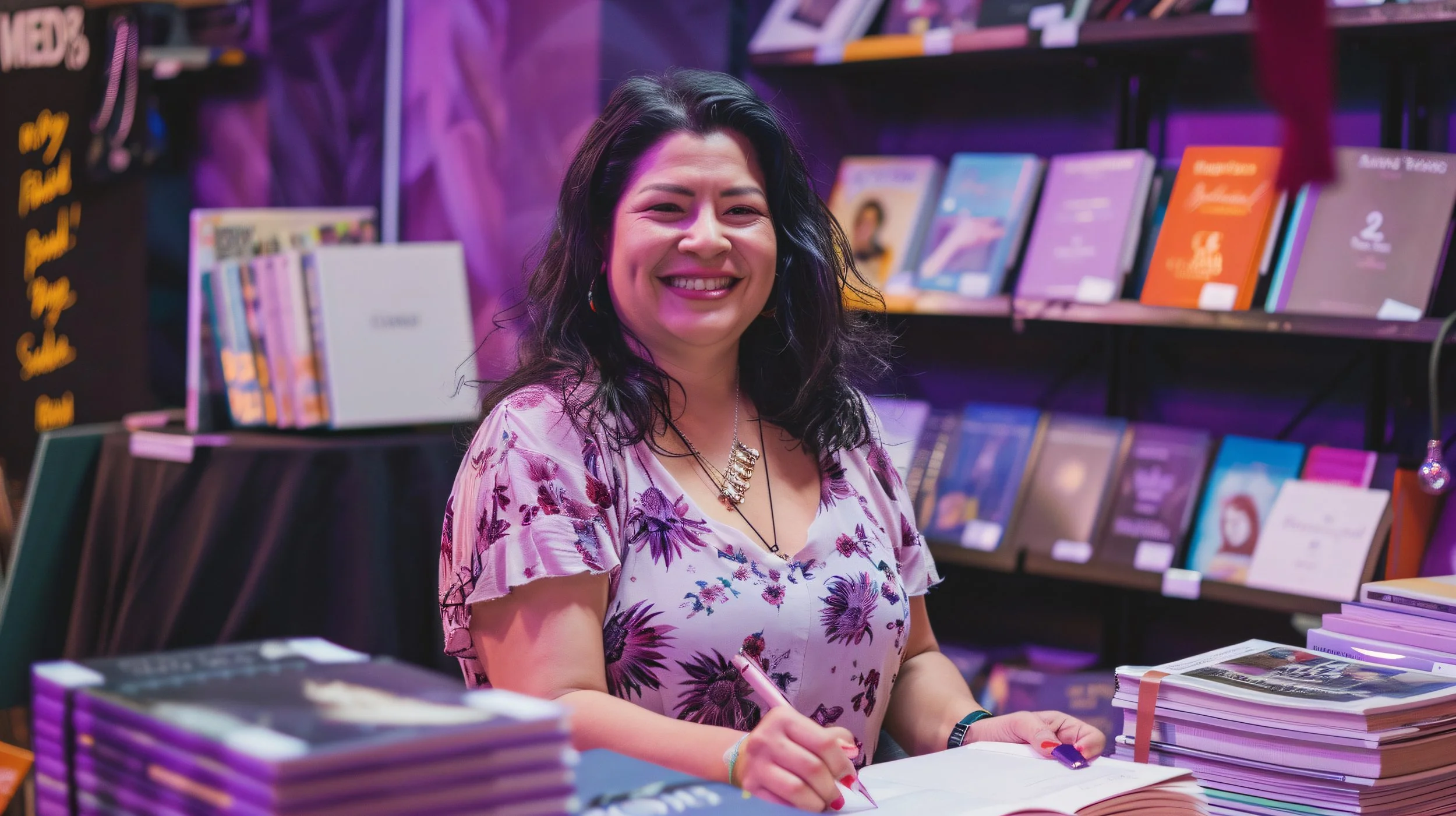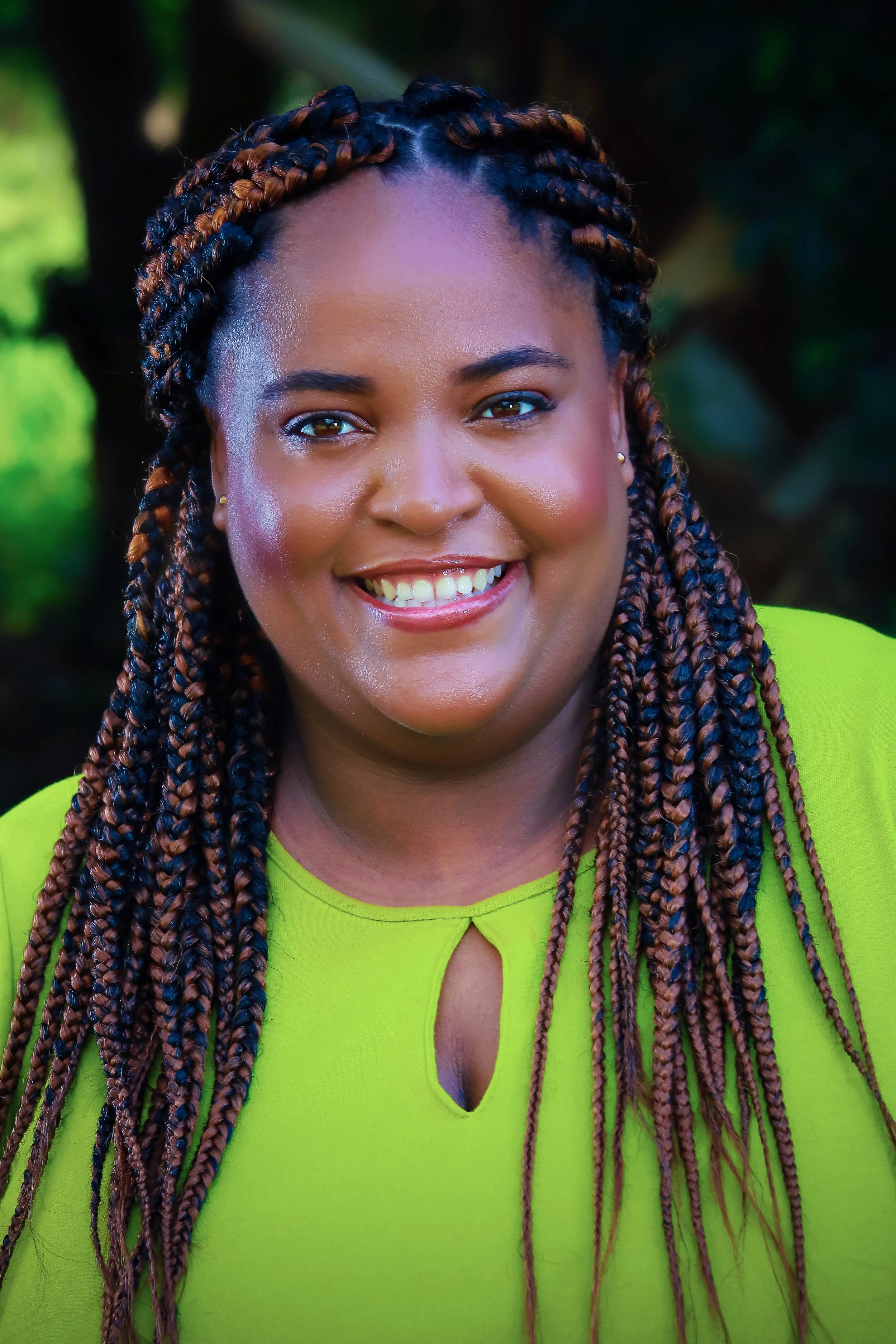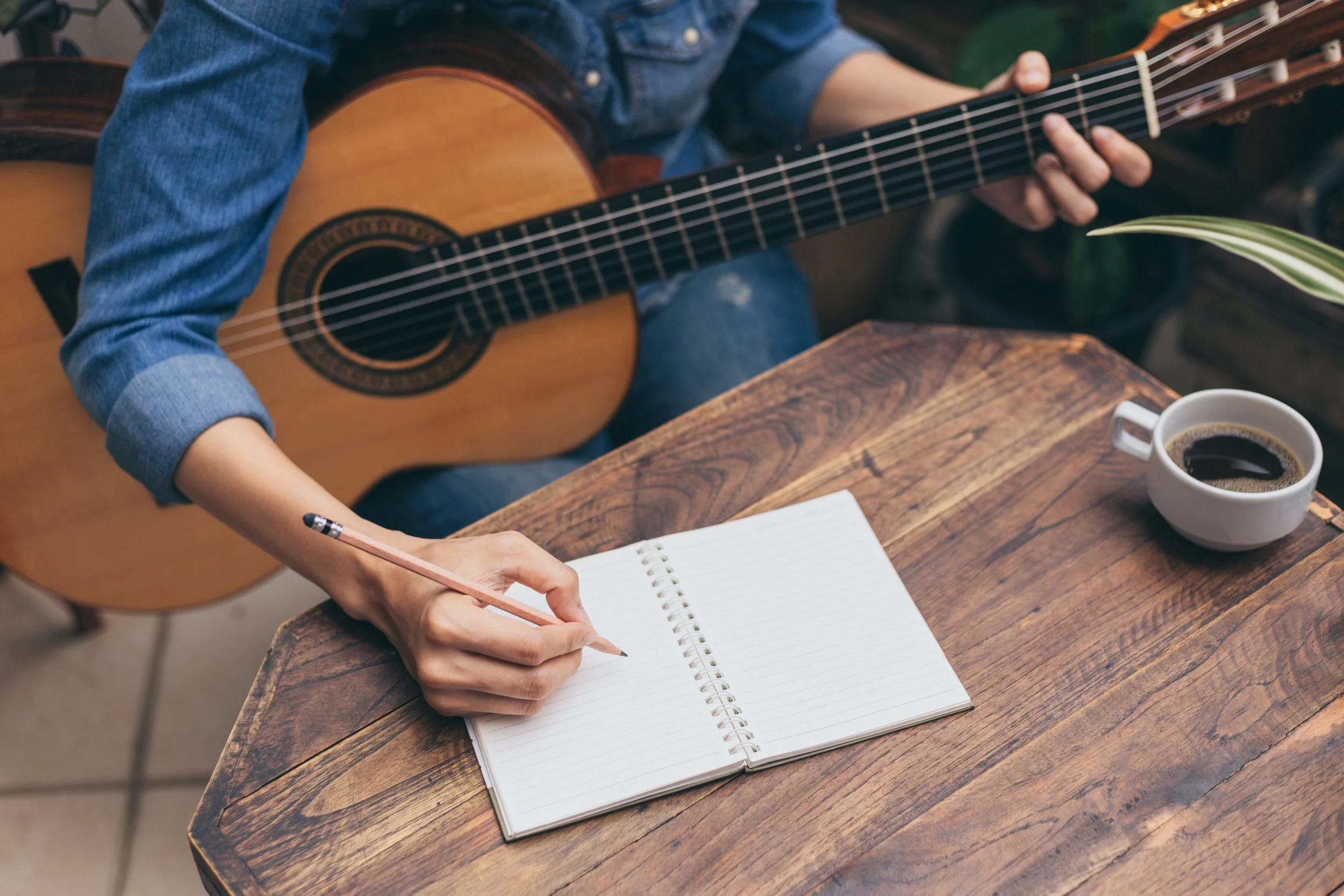Do you believe certain types of writing translate better into audiobook format?
I don’t know about better, but I do believe mysteries work well as audiobooks. Listening to my own reminded me of old radio shows, when every episode ended as a cliffhanger meant to keep readers and listeners engaged so they keep reading or listening to my story.
How did you select your narrator?
Two of my novels have been recorded as audiobooks. Carol Purdom was one of several narrators who auditioned for The Lover’s Portrait. I believe her calm, soothing voice is the perfect choice for this dual timeline mystery about Nazi looted artwork. Rituals of the Dead is a faster-paced adventure thriller and demanded a different kind of reading. I had received a few auditions but they didn’t seem right. I found Chelsea Stephens through ACX and asked her to audition. Her narration had the energy I was looking for and she did a great job of keeping the story moving forward at a high tempo, as the printed book does.
How closely did you work with your narrator before and during the recording process?
I worked closely with Carol Purdom during the entire production process of The Lover’s Portrait. She would send me raw files every week so I could check the many foreign words, as well as make any suggestions regarding her accents. I would comment on the files and – if needed – she would make any changes before moving forward. Once she was finished, they were edited and uploaded to ACX. That was the first time I listened to the entire book in one go.
Chelsea Stephens recorded all of the words on our ‘difficult to pronounce’ list and sent them to me for approval before starting to narrate Rituals of the Dead. I did not hear any of the chapters until the entire audiobook was recorded and edited. To be honest, whenever Chelsea would send over a progress report, it was extremely difficult not to ask her to send a chapter over! Those may have been a nerve-wracking few weeks, but her performance was so good, my nervousness dissipated as soon as I started listening to the final product.
Did you give them any pronunciation tips or special insight into the characters?
Both narrators asked for detailed character sketches and pronunciation tips. Considering the large amount of foreign words, character and place names mentioned in both books, that’s not surprising! I also recorded videos of myself pronouncing the Dutch words and sent them to both narrators. That was tremendously useful for all of us.
Were there any real life inspirations behind your writing?
All of my books are directly inspired by past travels, my background in journalism and ICT, as well as my strong interest in culture and art. After a short career as journalist and computer geek in Seattle, Washington, I spent several years exploring countries in Oceania, Central America and Asia. After living in Darwin, Australia for almost two years while studying cultural anthropology and aboriginal art, I moved to Amsterdam, the Netherlands to study European art history. During my studies and journeys, I have come across so many incredible and intriguing stories that I could write a hundred art-related travel mysteries and not have to repeat myself.
The Lover’s Portrait is a suspenseful “whodunit?” about Nazi-looted artwork that transports readers to wartime and present-day Amsterdam. To write it, I used my own experiences as a collection researcher and exhibition assistant at several Dutch museums as a starting point.
The Lover’s Portrait came to be because I was curious about Nazi-looted artwork and wondered what would happen if two people claimed the same painting. During many lectures at the University of Amsterdam, we spent a lot of time discussing restitution cases involving looted-art, especially paintings stolen by the Nazis during World War Two. I often wondered what would happen if two people claimed the same painting. This question became the central plot of my art mystery, The Lover’s Portrait. The rest of the stories and characters were inspired by archival research I’d conducted into this dark period of Dutch history.
My latest thriller, an adventure mystery set in Dutch New Guinea (Papua) and the Netherlands, was directly inspired by my work as a collection researcher for a fascinating exhibition of Asmat artwork, Bis Poles: Sculptures from the Rain Forest, held in the Tropenmuseum in Amsterdam. During the course of my work, I came across so many stories about head hunting raids, crazy anthropologists, hapless colonial administrators, and insanely brave missionaries that I knew I had the basis for a fascinating mystery about artifact smuggling in my hands!
All of the characters in the historical chapters of this novel are based on real explorers and their first-hand accounts of their experiences – the most famous of which was Michael Rockefeller. His movements are so well-documented it was easy to use Rockefeller’s general experiences as a starting point for Nick Mayfield, though my character is definitely not Rockefeller. Information I found about Reverend Zegwaard and several renowned Dutch explorers, such as Carel Groenevelt, also helped to shape the story and motivations of the characters.
Is there a particular part of this story that you feel is more resonating in the audiobook performance than in the book format?
In parts of both The Lover’s Portrait and Rituals of the Dead, the suspense seems to be more intense in the audio version than the print version. When listening to The Lover’s Portrait for the first time, I was happily surprised to hear how well my descriptions of Amsterdam work when read aloud. I had the same burst of joy when hearing how my descriptions of Dutch New Guinea (now Papua) sounded in Rituals of the Dead.
What do you say to those who view listening to audiobooks as “cheating” or as inferior to “real reading”?
If listening to an audiobook allows someone to ‘read’ a book they otherwise would not be able to (because of time, a medical condition, etc.) how can that be seen as inferior?
Since the release of my first audiobook, I have had listeners thank me for recording an audio version because they suffer from migraines or other physical ailments that prevent them from reading, are commuters who have no other free time to read so listen to books in their cars or on public transportation, and others who are too busy to sit and read for an hour so combine audiobooks with household chores. These are all readers who would not have discovered my work had I not created an audiobook of it. So no, I do not agree that listening to a book is cheating. If anything, making two of my novels available as audiobooks helps me reach a new target audience.
How did you celebrate after finishing this novel?
An extended happy dance then a delicious meal and fine wine. The day after is reserved for something fun I have been putting off because of writing – going on a long bike ride, a day at the spa, an extended lunch with a friend, visiting a museum exhibition, that kind of thing. After that, it’s business as usual. My son still needs to be brought to school, marketing plans need to be created, and my other books still need promoting.
In your opinion, what are the pros and cons of writing a stand-alone novel vs. writing a series?
Technically the books in my Adventures of Zelda Richardson series can be read in any order as stand-alone novels. They are a series only because they follow my protagonist, Zelda Richardson, on her travels around the globe. As an author, I enjoy having at least one reoccurring character to start my story with, because it gives me a sense of familiarity. I know Zelda well, and what she would and would not do. Readers also get to know her better and watch her grow as the novels progress. Luckily those who have read the series like her and enjoyed seeing the direction she heads. Yet, having Zelda surrounded by a shifting cast of characters enables me to explore new personalities and keeps the story fresh. I am afraid I would get bored if the cast stayed the same in every book. That is also why I try and set each novel in a different location. It allows me to indulge my wanderlust by researching a new setting and ensures I do not rehash old descriptions of the same places in each story.
What’s next for you?
I am currently outlining the chapters of mystery number four in the Adventures of Zelda Richardson series – another art-related tale about thefts and forgeries. The spectacular theft of two Vincent van Gogh paintings from the Van Gogh Museum in Amsterdam – and their equally remarkable return – inspired the plot. Researching the novel, knowing it could still go in any direction, is always an exciting place to be in the writing process. It will most likely be set in the Netherlands, Italy, Turkey, and possibly Croatia. I am looking forward to researching the locations first-hand!




























